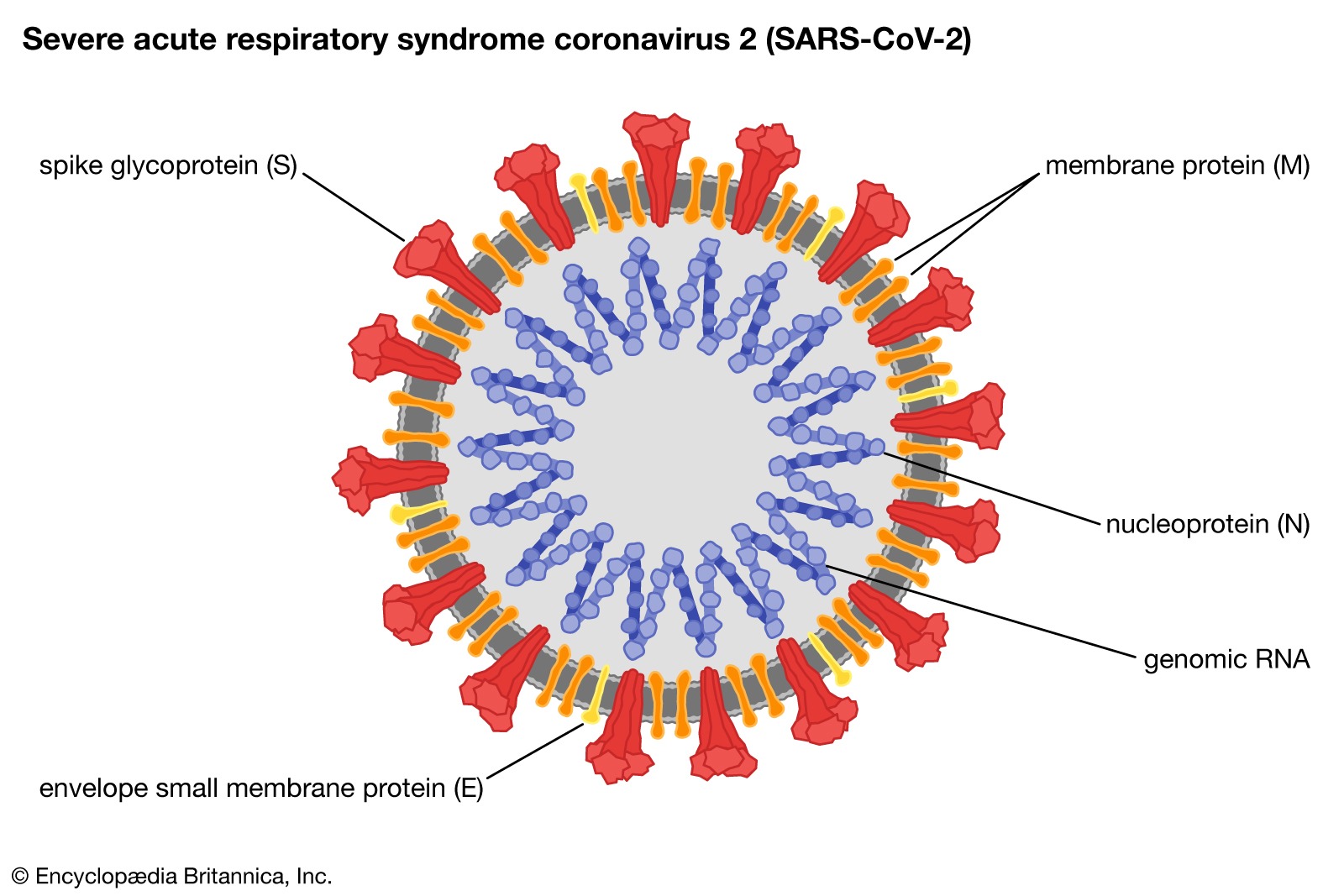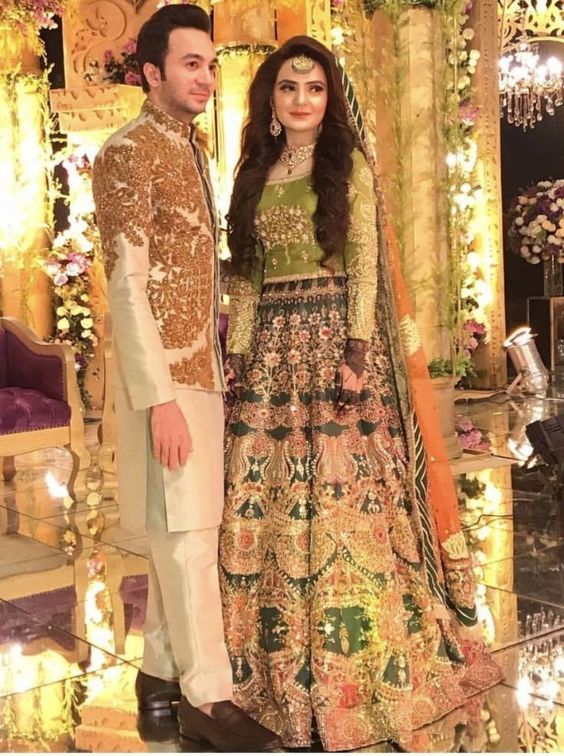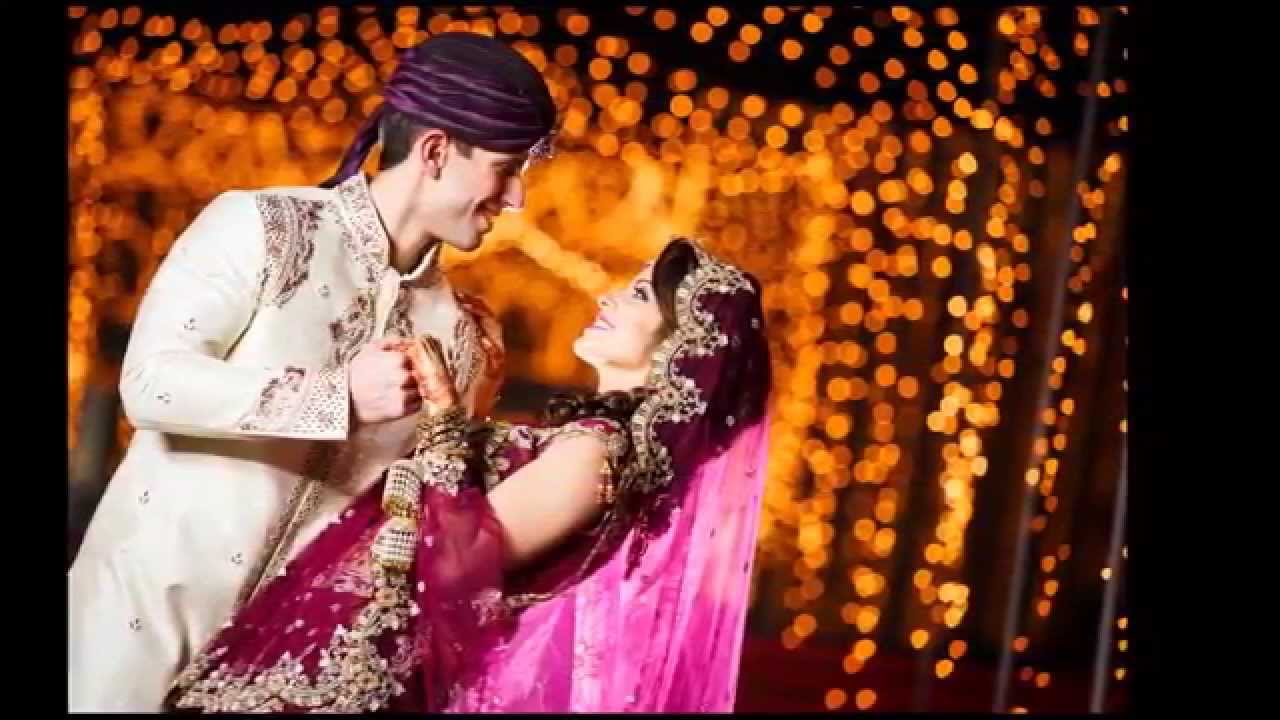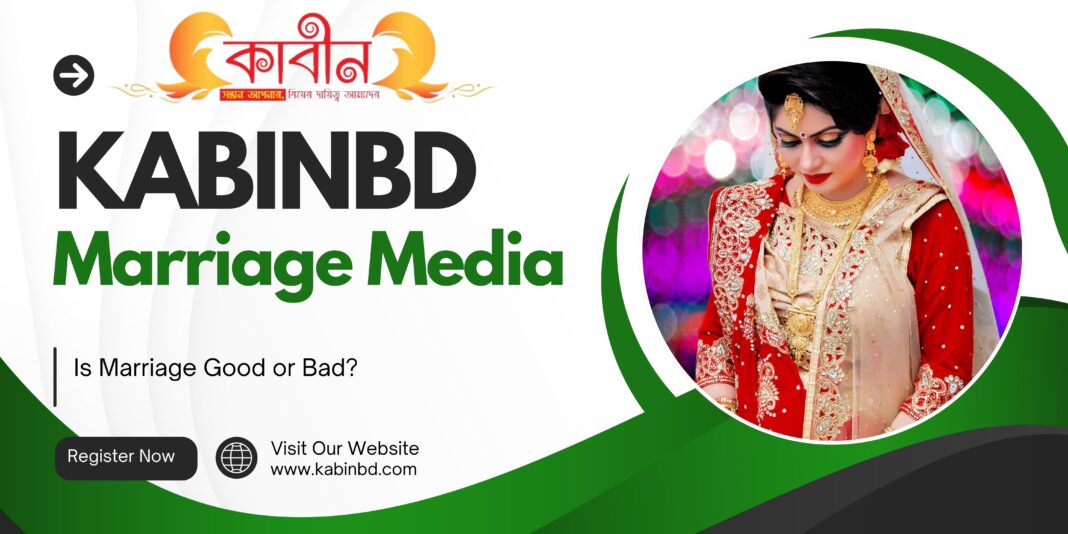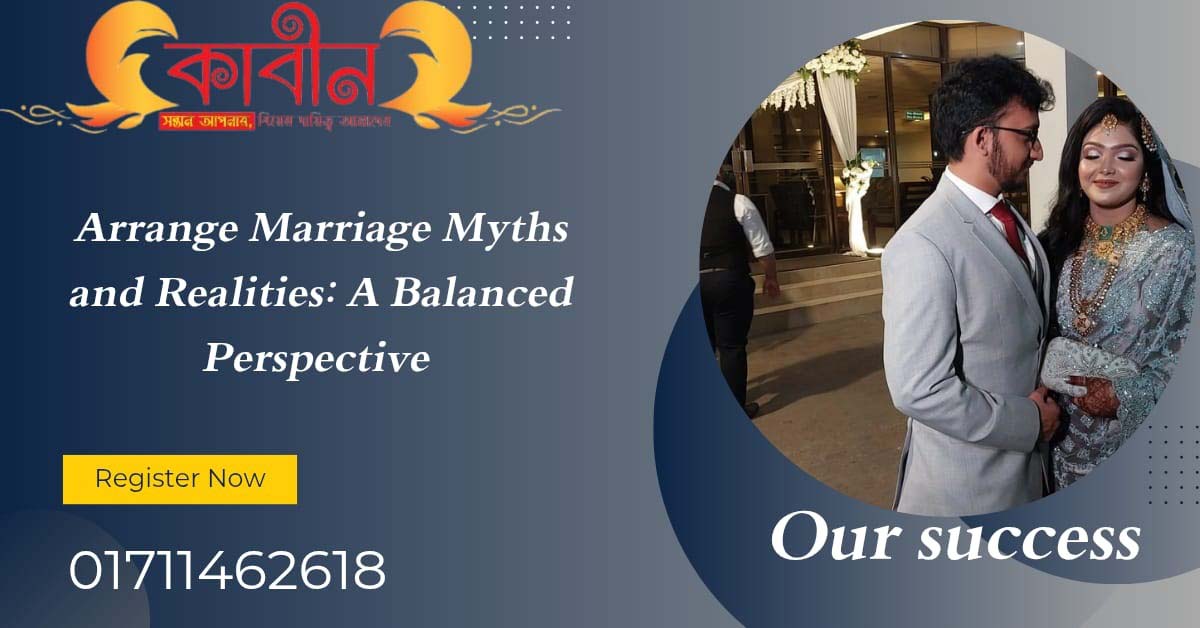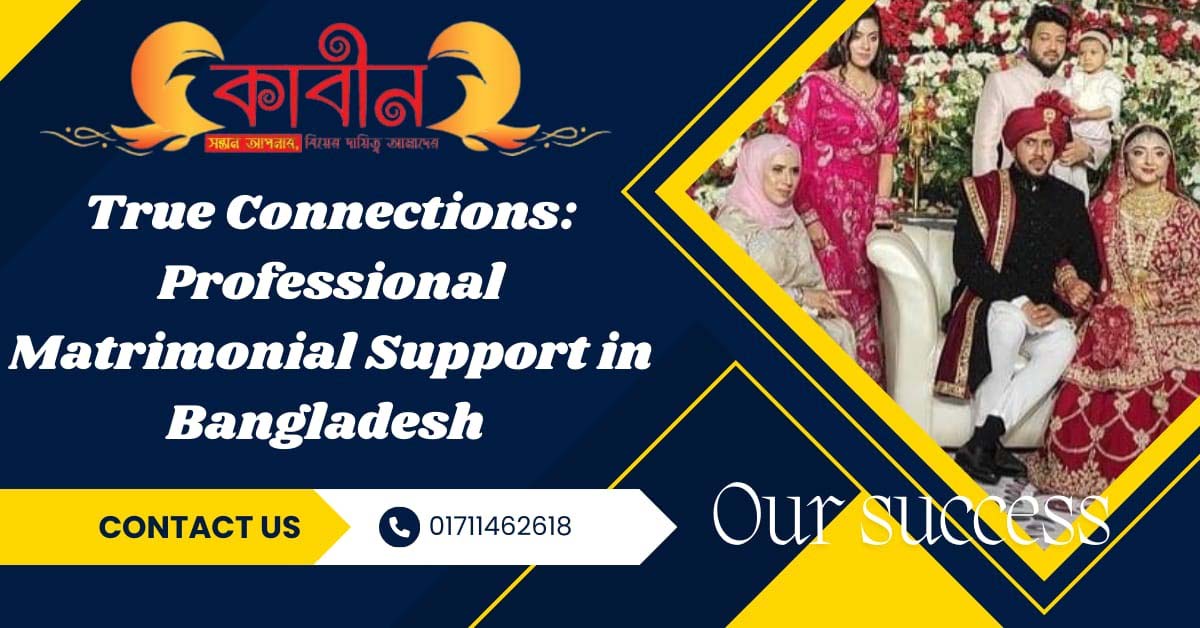Is Marriage Good or Bad?2024
Marriage, an institution as old as human civilization, has been a topic of debate for centuries. It is often hailed as the cornerstone of a stable society and human relationships, but at the same time, it’s criticized for its constraints and challenges. The question of whether marriage is good or bad is subjective, with answers varying depending on cultural norms, personal beliefs, and individual experiences. To approach this topic comprehensively, one must consider both the pros and cons of marriage, as well as its evolution over time and its significance in different societies.
The Historical Context of Marriage
Historically, marriage has not always been about love or companionship. In many cultures, it served primarily as a socio-economic arrangement, designed to forge alliances, protect property, or ensure the continuation of family lineage. In ancient Rome, marriage was primarily about family alliances, while in many Asian societies, it was tied to preserving wealth and ensuring inheritance.
In the medieval period, especially in Europe, marriage took on a more religious and legal tone, as the church began to play a key role in legitimizing unions. The idea of marrying for love didn’t become widespread until much later, with the rise of romanticism in the 18th and 19th centuries. This shift has significantly altered the institution of marriage, making it more about personal choice and emotional fulfillment than about duty or survival. Marriage is one of the oldest human institutions, with its roots embedded in the social, economic, and political structures of early societies. It has evolved significantly over time, transitioning from a primarily economic and social arrangement to a more personal and romantic union. Understanding the historical context of marriage provides insight into how it has shaped, and been shaped by, various cultural, religious, and legal systems over millennia.
Ancient Civilizations: Marriage as a Social and Economic Contract
In ancient civilizations, marriage was largely a practical arrangement designed to strengthen family ties, secure alliances, and manage wealth. It was not primarily about love or personal happiness; instead, it was a strategic tool used to achieve social, political, and economic goals.
In ancient Mesopotamia, marriage was a contract between families, often brokered by the head of the household. The union was intended to solidify political alliances or secure resources. The bride’s family would provide a dowry, while the groom’s family might offer a bride price, making marriage a transaction that benefited both parties. Love or personal affection was not necessarily a consideration in these unions.
Similarly, in ancient Egypt, marriage served practical purposes, particularly in the preservation of family lineage and property. Pharaohs and elites often married within their family to keep power concentrated. The idea of marriage as a romantic bond between individuals was foreign to these early cultures; instead, marriage was seen as a societal responsibility.
In ancient Rome, marriage was also viewed as a way to create alliances between families. Roman marriage laws were strict, and unions were arranged for political and financial purposes. The concept of paterfamilias, where the male head of the household had complete authority over his family, played a central role in Roman society. While love could be a byproduct of marriage, it was not its primary motivation.
Medieval Europe: Marriage and the Church
During the medieval period, marriage became closely intertwined with the Christian Church, which began to play a key role in legitimizing unions. Prior to the church’s involvement, marriage was largely a private affair, arranged by families with little to no religious significance. However, by the Middle Ages, the church had taken control of marriage, turning it into a sacrament and emphasizing its moral and religious importance.
In medieval Europe, especially from the 12th century onwards, marriage was seen as a means of avoiding sin, particularly sexual immorality. The church dictated that marriage was a lifelong commitment, and divorce was nearly impossible in Christian doctrine. The idea of marital consent became important during this period, and both parties were required to agree to the union, though familial pressure often influenced these decisions.
Marriage in medieval Europe remained primarily an economic and social institution. Among the nobility, marriages were arranged to consolidate wealth, power, and land. Among the peasantry, marriage was still largely about producing children and securing help for agricultural work. The notion of love and companionship was secondary to these practical considerations, though courtly love—romantic ideals promoted by troubadours and poets—began to influence upper-class marriages toward the late Middle Ages.
Renaissance and Enlightenment: Marriage as a Romantic Union
By the time of the Renaissance and Enlightenment periods in Europe, significant changes in attitudes toward marriage began to emerge. The rise of individualism, humanism, and philosophical thought brought about a shift in how people viewed personal relationships. Love started to become a more central aspect of marriage, especially among the emerging middle classes.
In the Renaissance, the ideals of courtly love, which had been celebrated in literature and music, began to permeate societal norms. Marriages were still often arranged, especially among the aristocracy, but the concept of love and personal choice was gaining ground. This shift marked the beginning of a more romantic view of marriage, although practical considerations remained strong.
The Enlightenment further transformed marriage by emphasizing individual rights, personal freedom, and rationality. Enlightenment thinkers such as John Locke and Jean-Jacques Rousseau argued that individuals had the right to personal happiness and autonomy, challenging the long-standing notion that marriage was solely a tool for maintaining social and economic stability. The growing emphasis on personal choice and affection began to reshape marriage into a partnership based on mutual respect and love.
However, even during the Enlightenment, marriage still served many practical purposes, particularly among the elite, where financial and political considerations continued to influence matrimonial arrangements. The idea of marrying for love was not universal, and many unions, especially in higher social classes, were still arranged with practical considerations in mind.
The Industrial Revolution: Marriage and the Rise of the Nuclear Family
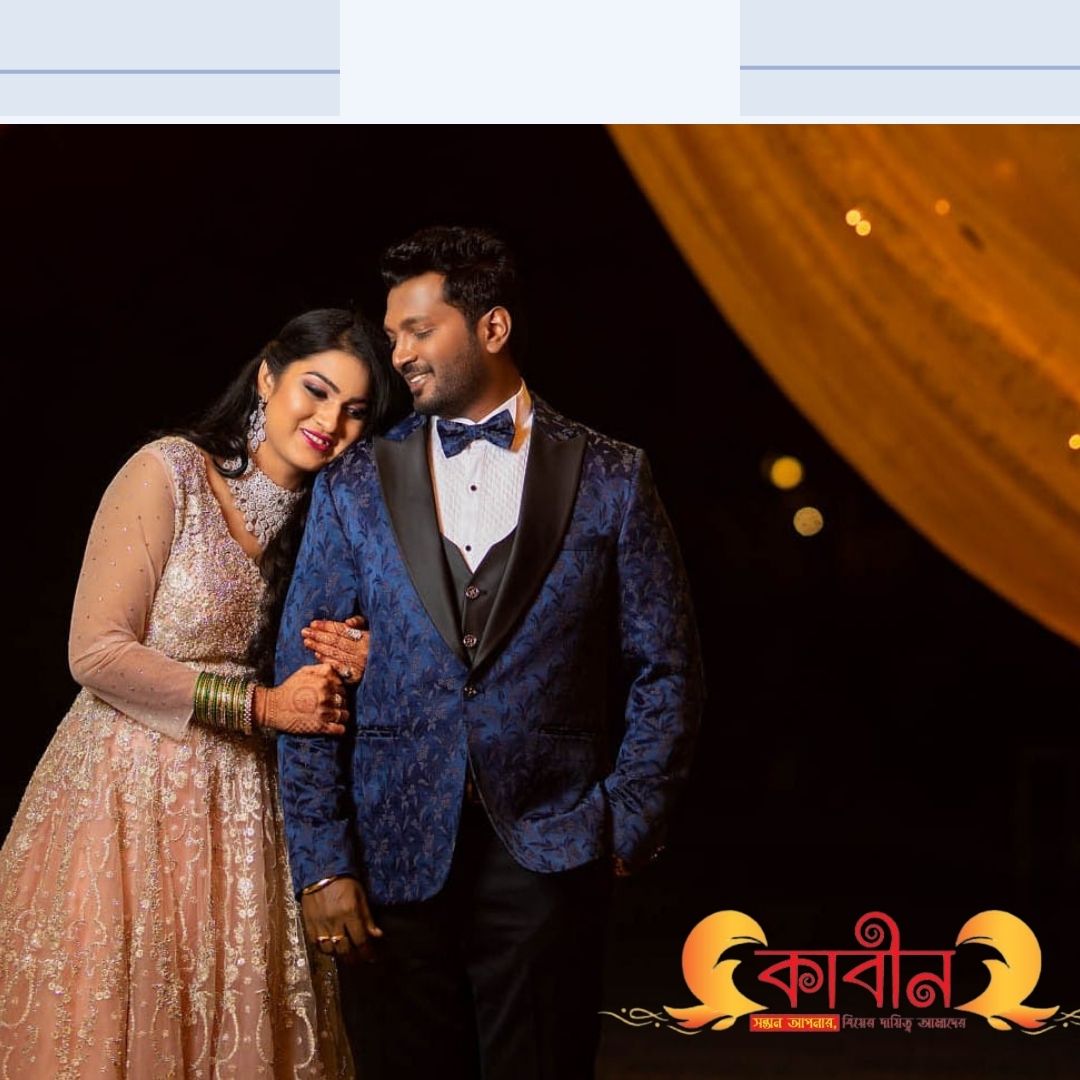
The Industrial Revolution of the 18th and 19th centuries brought about profound changes in social structures, including the institution of marriage. As people moved from agrarian lifestyles into urban centers for work, the traditional extended family unit gave way to the nuclear family—a household composed of just parents and their children. This shift changed the dynamics of marriage, as couples became less reliant on extended family networks and more focused on building a direct partnership.
During this time, the idea of companionate marriage—a partnership based on love, friendship, and mutual respect—became more widely accepted, particularly among the middle class. The notion that marriage should be entered into freely and based on emotional connection, rather than purely economic or familial obligations, became a more popular ideal. However, this shift also placed new expectations on marriage as a source of personal fulfillment, which sometimes led to disappointment when those expectations were not met.
The Industrial Revolution also saw the rise of the cult of domesticity, particularly for women. Middle-class women were increasingly expected to devote themselves to their homes and families, while men took on the role of breadwinner. This gendered division of labor within marriage became a hallmark of the period and persisted well into the 20th century.
20th Century: Marriage, Gender Roles, and Legal Changes
The 20th century saw dramatic changes in the institution of marriage, especially with the advent of women’s rights movements, changing gender roles, and legal reforms. The early part of the century saw a push for women’s suffrage and greater autonomy, which eventually led to women gaining the right to vote, work, and have more control over their own lives, including in marriage.
With the sexual revolution of the 1960s and 1970s, traditional views on marriage were further challenged. Concepts like cohabitation without marriage, open marriages, and the acceptance of divorce became more widespread, particularly in the West. The idea that marriage was the only acceptable framework for a relationship started to fade, and people began exploring alternative relationship structures.
The Positive Aspects of Marriage
-
Emotional Support and Companionship
One of the most cited benefits of marriage is emotional support. A successful marriage can provide a strong foundation of companionship, trust, and emotional intimacy. People who are married often report feeling more secure in their lives, knowing they have a partner with whom they can share their experiences, problems, and joys. This partnership can be especially important during times of crisis, such as illness or financial hardship, when having someone to rely on can make a significant difference in mental well-being.
-
Social Stability
Marriage has historically been seen as a stabilizing factor in society. By creating family units, marriage fosters a sense of responsibility and social order. Sociologists argue that married couples, especially those with children, are more likely to invest in their communities, maintain stable jobs, and contribute to the economic and social fabric of society. This stability can lead to more cohesive communities and provide a safe environment for children to grow up in.
-
Economic Benefits
From a financial standpoint, marriage often brings significant advantages. Married couples can pool their resources, allowing for more efficient budgeting and financial planning. In many countries, there are tax breaks, inheritance rights, and other legal benefits that favor married couples. For example, they might receive better health insurance plans or have access to spousal benefits like pensions and social security.
Moreover, studies have shown that married people tend to accumulate more wealth over their lifetimes compared to their single counterparts. The pooling of resources, the dual-income dynamic, and shared financial goals often lead to a more financially secure lifestyle.
-
Health Benefits
Numerous studies have found that married people, on average, live longer and are healthier than their single or divorced counterparts. Marriage can provide emotional stability and reduce stress, leading to better mental health outcomes. Furthermore, having a partner often leads to healthier behaviors—people in marriages may be more likely to seek medical care when needed, avoid risky behaviors, and adhere to a healthier lifestyle, partly because they have someone to care for and be cared by.
-
Raising Children
Marriage has long been considered the ideal institution for raising children. Although many other family structures can provide a nurturing environment, having two committed parents is often seen as advantageous. A stable marriage offers a consistent environment for children to grow up in, and having both parents involved typically leads to better educational outcomes, emotional security, and social development for children.
The Negative Aspects of Marriage
-
Personal Freedom and Autonomy
One of the most frequently cited downsides to marriage is the perceived loss of individual freedom and autonomy. Marriage often involves compromise, which may result in the suppression of personal desires or ambitions for the sake of the relationship. Over time, individuals may feel that they have sacrificed too much of their personal identity to maintain the partnership, leading to feelings of resentment or dissatisfaction.
The traditional roles that marriage sometimes imposes—especially in patriarchal societies—can also restrict one partner’s freedom more than the other. Historically, women have been expected to conform to domestic roles, which limited their opportunities for personal growth, education, and career advancement. Though this dynamic has shifted significantly in many parts of the world, the issue of unequal power dynamics in marriage remains.
-
Financial Risks
While marriage can bring financial benefits, it can also entail significant financial risks. Divorce is one of the most obvious examples of how marriage can lead to financial instability. Legal fees, division of assets, and potential alimony or child support payments can be financially devastating. Additionally, disagreements over money are one of the most common sources of marital conflict, with financial stress potentially leading to the breakdown of the relationship.
Moreover, in some cases, marriage can create a financial imbalance, where one partner becomes overly dependent on the other. This can lead to feelings of insecurity, power imbalances, or a sense of entrapment if the marriage turns unhealthy or abusive.
-
Divorce and Emotional Strain
Not all marriages are successful, and the process of divorce can be emotionally exhausting. Divorce often carries with it a sense of failure, and it can be devastating not only for the couple but also for children and extended family members. The emotional toll of a bad marriage or a difficult divorce can have long-lasting effects on mental health, self-esteem, and interpersonal relationships.
The high divorce rates in many countries suggest that marriage is not always a guarantee of happiness or stability. In fact, many couples find that they are happier after separating, suggesting that for some, the pressures and challenges of marriage can outweigh the benefits.
-
Social Pressure and Unrealistic Expectations
In many cultures, marriage is seen as a societal norm, and people who choose not to marry may face stigma or judgment. This societal pressure can push individuals into marriages for the wrong reasons, such as fear of being alone or societal expectations rather than genuine love and commitment.
Furthermore, the romanticized ideal of marriage, perpetuated by media and culture, often creates unrealistic expectations. Many people enter marriage expecting constant happiness, only to realize that it also requires hard work, compromise, and sometimes enduring difficult periods. When reality doesn’t match expectations, it can lead to disappointment and disillusionment.
-
Gender Inequality
Despite progress in gender equality, marriage can still perpetuate traditional gender roles and expectations, which can be limiting, especially for women. Even in progressive societies, women often bear a larger share of domestic responsibilities, child-rearing, and emotional labor. This inequality can strain the marriage and limit opportunities for one partner, creating a dynamic that feels unfair or oppressive.
In some cultures, marriage continues to be a form of control over women’s lives, where they are expected to prioritize family over personal ambitions. This can limit their career prospects, educational opportunities, and independence, reinforcing a cycle of dependency and limiting personal growth.
The Evolution of Marriage in Modern Society
In modern times, marriage is undergoing significant transformations. Many people are opting for alternative forms of relationships, such as cohabitation without marriage, open relationships, or choosing to remain single. In many countries, the legal recognition of same-sex marriages has expanded the definition of marriage, challenging traditional notions of what it means to be married.
There is also a growing trend of people marrying later in life, after establishing their careers or achieving personal goals, which reflects a shift in priorities. Marriage is increasingly seen as one of many options for a fulfilling life, rather than a mandatory milestone.
With the rise of individualism, many people are questioning the necessity of marriage altogether. The idea that one must be married to achieve happiness or success is slowly fading, as people seek fulfillment in various aspects of life, including career, friendships, and personal passions.
Conclusion: Is Marriage Good or Bad?
Ultimately, the question of whether marriage is good or bad depends on the individuals involved, their expectations, and the cultural context in which they live. For some, marriage provides emotional support, financial stability, and a sense of belonging, making it a deeply fulfilling institution. For others, it can feel restrictive, lead to disappointment, and perpetuate inequalities, making it an undesirable option.
Marriage, like any relationship, requires effort, compromise, and mutual respect. It can be a source of great joy or profound dissatisfaction. Whether it is good or bad is subjective and varies depending on one’s experiences and values.
In today’s world, where there are more options for how people choose to structure their lives and relationships, marriage is no longer the only path to happiness or success. It remains an important institution for many but is not without its challenges. The most important consideration is whether the institution serves the needs, desires, and well-being of the individuals involved. Therefore, whether marriage is good or bad largely depends on how well it aligns with one’s personal values, goals, and circumstances.
আপনি যদি বিয়ের ব্যাপারে সিরিয়াস হয়ে থাকেন তবে
লিংকে ক্লিক করে ফ্রী রেজিষ্ট্রেশন করুন
অথবা বিস্তারিত জানতেঃ
Gmail:kabinbd4@gmail.com
01711462618 এ কল করুন ২৪/৭ সার্ভিস




